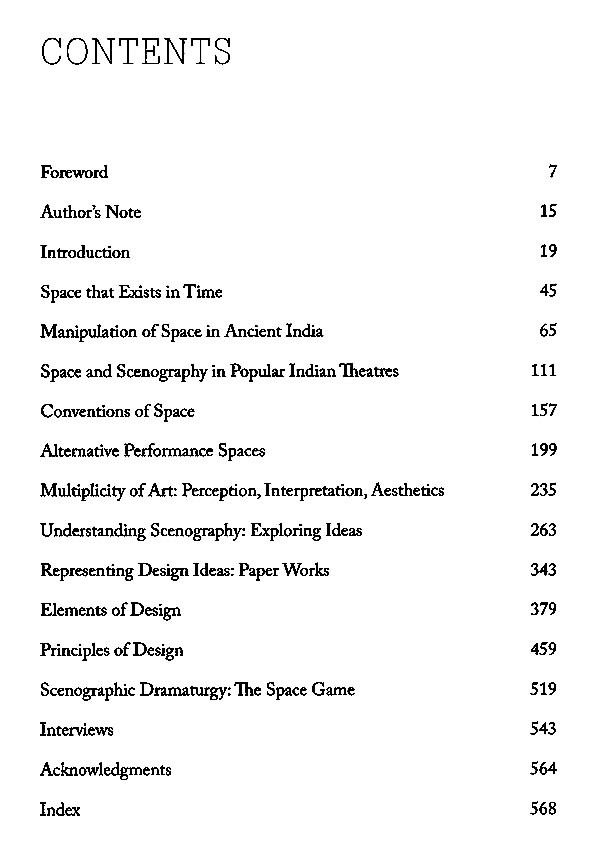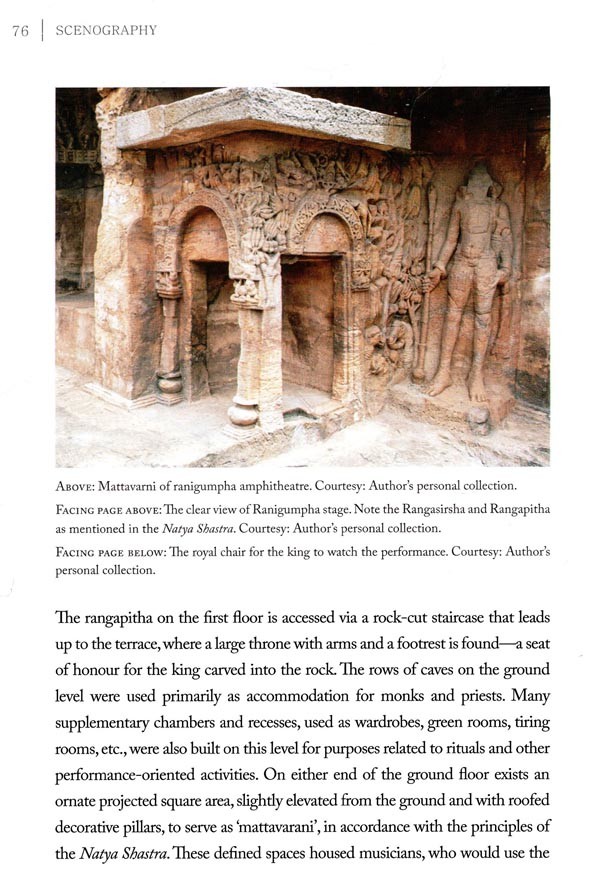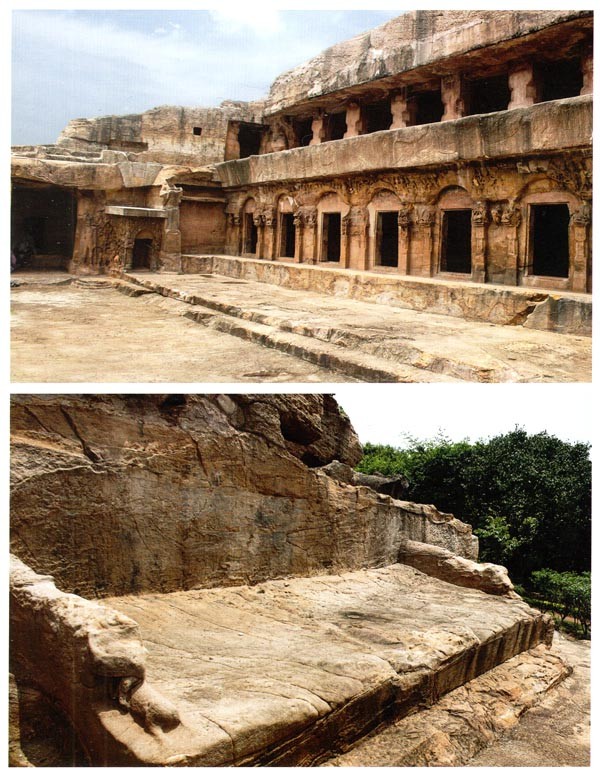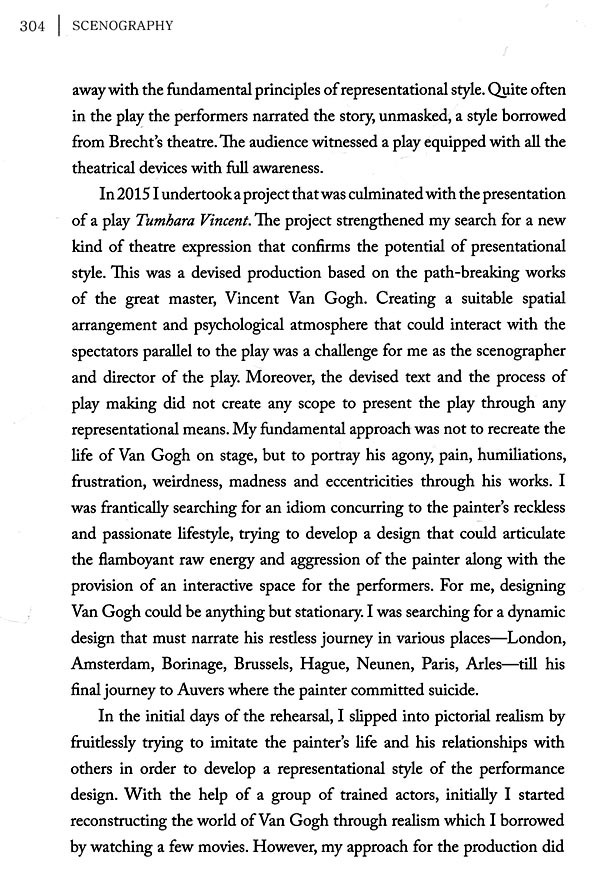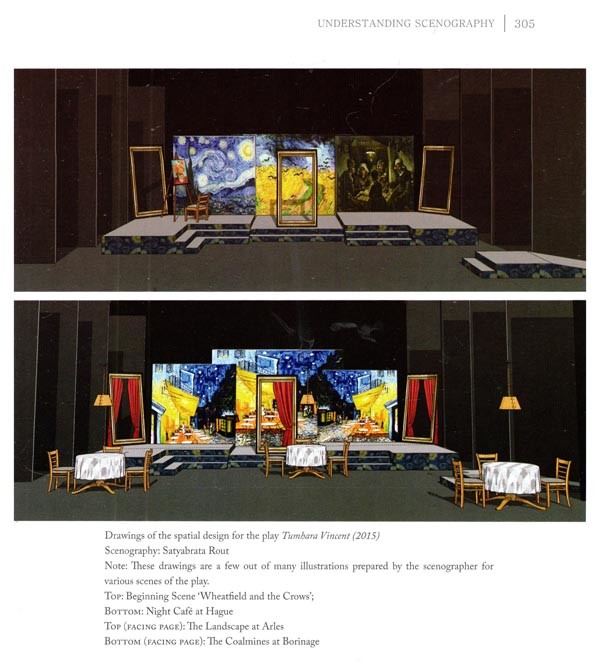About the Book Scenography is the art of writing the stage space a visual journey of unmaking and remaking the text on a theatre space, a language of the spectatorial senses. However, this dialect of space and props, though prevalent in the West from the early days of the Greek plays, unfortunately has never been groomed and appropriated in the long theatre tradition of the East until a bunch of new practitioners and scholars decided to explore the field of design and change the narrative of space in recent times. Yet with hardly any documentation available in the backdrop of indigenous theatre, there was a need of a practical treatise for quite a long time.
Scenography: An Indian Perspective, the first ever treatise in this field, unearths this astonishing yet silent contribution of 'stage' design in Indian theatres throughout the ages, and the comparatively recent appropriation of it by the modern practitioners of the country.
About the Author Dr Satyabrata Rout is a noted scenographer and director of contemporary Indian theatre. He has completed his post-graduation in design and direction from the National School of Drama, New Delhi, in 1983, and thereafter was associated with various institutions and organisations like Rangmandal, Bharat Bhavan, Bhopal, Theatre-in-Education Company, NSD Extension Programme, etc.
Satyabrata is one of the pioneers in conceptualising 'visual theatre' in India, and has designed and directed more than 75 plays of international repute.
Rout has been a visiting professor to various universities across the globe where he has taught Indian stenography and theatre. He is currently a professor of scenography and direction at the Department of Theatre, University of Hyderabad, India, where he is engaged in imparting his global and regional experiences to the students and scholars.
Professor Rout has been conferred with numerous national and international awards, and that includes the prestigious Sangeet Natak Akademi Award and B.V. Karanath award by the National School of Drama.
His previous book, On the Crossroad of Theatre (2012), has been widely acclaimed.
Foreword Scenography-the art of writing of the stage space from Greece-is international term describing the visual images a stage space. This costumes, props accessories, light any scenic element needed to tell the story-the supporting player of narrative-so that the eyes of the spectator see what are not hearing with their ears. The art scenography brings the spectatorial senses-vision sound-so that they may experience not only the movement, but also the din which is performed. Scenography tells the story the text, just looking painting tells more than its title. It sublime and subtle art that takes lifetime acquire. Each piece challenge and venture into unknown territory. There is not method answer, but universal principles of art to support the work, crucially development personal aesthetic that ultimately inform all the made. Without personal aesthetic, impossible to decision choices. The color of material the height of wall, roughness of texture-everything the result of informed decision that is led personal choice. thus, fine art stenography are partners.
To establish personal aesthetic is the main point of study, and it lifelong learning activity. How achieve it where begin? At seems bewildering as there are many possibilities.
Introduction Scenography, the visual lexis of performance', underwent a sea of changes in the beginning of the 20th century. The idea of visual imagery and theatrical ambience evolved according to the demands of time and space-a trend not prevalent in the ancient, medieval, or colonial times. In the early days of theatre in the West, plays were usually performed in open-air venues; indoor setup came into use only later. The gestures and gaits of the performers as well as the text came together to forge an imaginary world in the psyche of the viewers. But the quest for an ideal theatrical ambience persisted since the advent of theatre. The great Roman architects constructed magnificent multistoried playhouses, complete with ornate walls, pillars, arches and staircases, to lend grandeur to the performing arts. Much later, towards the end of the 17th and the beginning of the 18th century, the scenic masters of Italy and France introduced wings, cyclorama, curtains and borders to the stage, effecting significant developments in the art of stage design and scenography. Thus, architectural fantasies were achieved by employing painted sceneries as spectacular backdrops, contributing to the visual aesthetics of presentations.
The Italian designer Ferdinando Galli-Bibiena' redefined the art of stage design by introducing multi-point perspective or angled perspective in theatre through painted sceneries. On painted curtains, Bibiena 1 Ferdinand Galli-Bibiena (1657-1743) was an Italian architect, painter and stage designer. He introduced perspective in the design of painted sceneries.
**Contents and Sample Pages**

